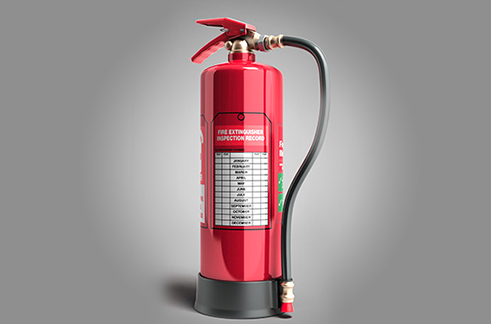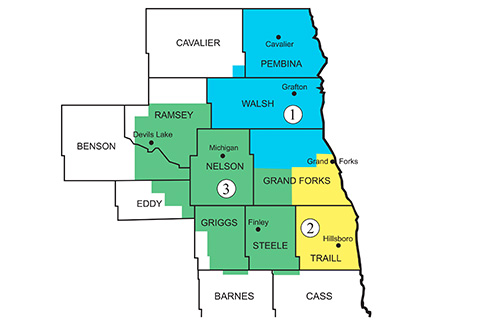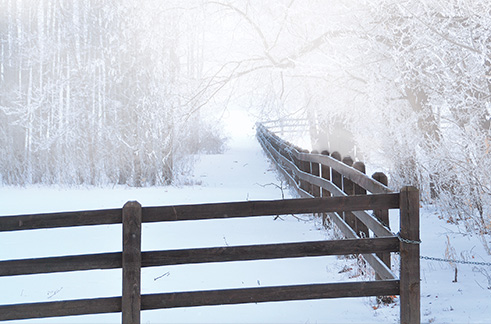AMI
Advanced Metering Infrastructure marks 10 years
This year marks the tenth anniversary of a fully commissioned Advanced Metering Infrastructure (AMI) system at Nodak Electric Cooperative. More commonly referred to as Automated Meter Reading (AMR) System, AMI is an integrated system of smart meters, communication networks and data management systems enabling two-way communication between Nodak and its members. What started out as a means to obtain monthly meter readings now plays a vital role in serving the member and Nodak in many ways.
Nodak uses a power line carrier-based solution called Two-Way Automated Communication System, through ACLARA Technologies LLC (TWACS). Commands are sent from Nodak’s office in Grand Forks through the internet and radio systems to various substations within the service area. Substation equipment passes information back and forth with the member’s meter through the power line. The Cooperative’s meters do not use radio frequency to communicate information and only transmit information for up to 20 seconds upon request.
Expecting two years to complete, the first meter was installed in July 2007 and the system fully commissioned in December 2008 after 17 months, and enlisted the help of Nodak’s line workers, technicians, engineers and member and energy services personnel.
Each day, the electric meters are read at or near midnight and three or more additional times for hourly or 15-minute kilowatt-hour (kWh) energy interval data. A meter can also be read real-time when needed, at any given time to check a reading or on a day when service is being transferred. Before AMI, meters were read by Nodak members (self-read), contract meter readers and line workers. Sending an accurate bill was a challenge if meter readings were read on different days each month, not read for extended periods of time or estimated. Invoices sent to members with self-read meters were billed at a 30-day delay causing more confusion. Now, Nodak sends a current bill for one month of usage, which has greatly reduced member confusion and, consequently, call volume and office visits. In addition, Nodak is no longer required to access the member’s property or inconvenience them for monthly meter readings.
Five years ago, a meter data management system (MDMS) was added to store meter data and create reports. MDMS stores hourly or 15-minute energy usage (kWh) values depending on the meter in service. Collection of interval data is important to Nodak for engineering studies, to verify off-peak electric heating systems are shed during control events and in assisting members with usage concerns. Nodak makes MDMS information available to members via SmartHub to track and manage electrical energy usage.
AMI has been a big help during outage restoration. As calls come in from members without power and entered into the outage management system, meters are “pinged” or asked to respond back to verify where power is present in the circuit, directing line workers to begin their work. When a line segment has been repaired and put back into service, meters are pinged again to look for other individual outages. Members can log onto Nodak’s website, www.nodakelectric.com, and click on “Outages” at the top of the page to view areas out of power during extended outages. What AMI cannot do is determine if a member has lost power past the meter, or in the secondary wiring circuit. Since meters cannot report back to the office during a power outage, it is still important for members to call in their outage to Nodak as soon as possible.
The greatest benefit of AMI, from the member perspective has been access to their own meter usage data anytime and anywhere. By logging onto SmartHub through personal computer or mobile device, members can view energy usage data in either hourly or 15-minute intervals (depending on type of meter installed). Members can view daily, weekly or monthly usage to better manage their energy consumption or track performance of energy conservation measures. In addition, current billing period usage can be viewed and compared to past billing periods for members to view how their usage is trending.












